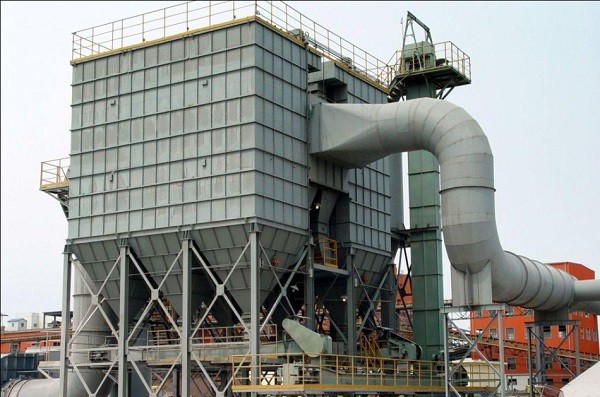Industrial dust collectors play a vital role in workplace safety and air quality. Despite their importance, these systems encounter technical challenges that affect performance and increase operational costs. This brief explores key issues within industrial dust collection systems, focusing on their technical aspects and operational impact.
5 Dust Collector Problems
Filter Media Congestion
Particulate deposition on filter media surfaces leads to increased differential pressure, significantly reducing airflow through the system. This congestion is often a result of inadequate pre-separation or selection of filter media not suited to the particulate size or type, necessitating frequent maintenance interventions to restore efficiency.
Suction Efficiency Degradation
Loss of suction capacity may originate from multiple factors: filter media obstruction, integrity breaches within the ductwork, or misconfigured air handling units (AHUs) leading to suboptimal volumetric flow rates. Such conditions not only impair the dust collector’s ability to maintain a clean air environment but also pose compliance risks with occupational health standards.
Integrity Failures in Dust Collection Systems
Compromises in the dust collection system’s integrity, manifesting as leaks, directly contribute to particulate matter bypassing the collection mechanism. This scenario is often the result of wear and tear on ducting, improper installation, or failure of sealing components, necessitating regular inspection protocols to identify and rectify such issues promptly.
Inadequate Particulate Entrapment
The inefficacy in capturing a broad spectrum of particulate sizes, especially at the lower end of the micron scale, can be attributed to the inherent limitations of the selected dust collector design or filter media. Optimizing for particulate capture efficiency requires a comprehensive analysis of particulate characteristics and potentially the integration of multi-stage filtration systems to address a wider range of particulate sizes.
Operational Cost Inefficiencies
The financial burden of operating an industrial dust collector is magnified by inefficiencies in system design, leading to excessive energy consumption, and by deferred maintenance, which escalates the need for more significant repairs or component replacements. Strategic investment in energy-efficient components and adherence to a preventative maintenance schedule are critical for minimizing operational costs and extending the lifespan of the system.
To address these industrial dust collector issues with precision and expertise, contact us for a targeted consultation. Our specialized approach ensures optimal system efficiency and operational cost reduction.
FAQs
To increase suction on a dust collector, first, check and clean or replace any clogged filters since these can significantly reduce airflow. Next, inspect the system for any leaks in the ductwork and seal them to prevent air loss. Finally, ensure the fan and motor are operating correctly and consider upgrading them if they’re not providing adequate suction power for your needs.
Baghouse troubleshooting refers to diagnosing and fixing issues within a baghouse dust collector system, which is used to capture particulate matter from industrial processes. Common problems include reduced suction, increased emissions, and premature bag wear. Effective troubleshooting ensures the system operates efficiently, maintaining air quality and compliance with environmental standards.
Cyclone dust collectors can face issues like reduced efficiency due to improper airflow or blockages, leading to inadequate dust separation. Wear and tear on the cyclone’s body or internal components can also diminish its effectiveness over time. Regular maintenance, proper installation, and monitoring are key to addressing these problems, ensuring the cyclone continues to operate effectively and maintain a clean, safe environment.

